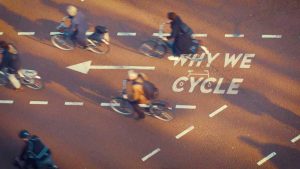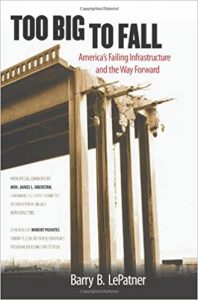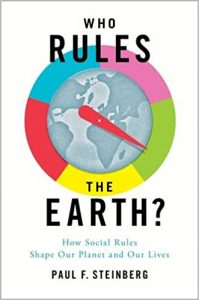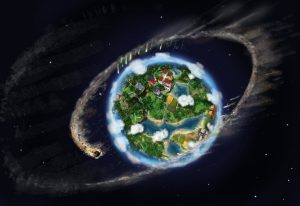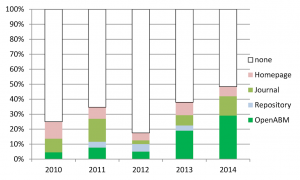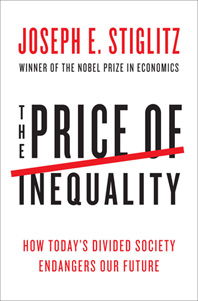 The latest book of Nobel Laureate economist Joseph Stiglitz is a brilliant discussion of some of the fundamental problems in most societies. He shows how the 1% have created institutional arrangements to derive and maintain their wealth at the expense of the 99%. This might benefit the 1% in the short term but economic development will experience major challenges if we reduce our investments in public good like education and public health. Stiglitz also provides some concrete suggestions on how to repair some of the institutional flaws, even in a political system where one dollar is one vote, and he mainly focuses on the financial sector (predatory lending etc.).
The latest book of Nobel Laureate economist Joseph Stiglitz is a brilliant discussion of some of the fundamental problems in most societies. He shows how the 1% have created institutional arrangements to derive and maintain their wealth at the expense of the 99%. This might benefit the 1% in the short term but economic development will experience major challenges if we reduce our investments in public good like education and public health. Stiglitz also provides some concrete suggestions on how to repair some of the institutional flaws, even in a political system where one dollar is one vote, and he mainly focuses on the financial sector (predatory lending etc.).
One of the reasons I liked the book is that his analysis mimics the findings we derive in our lab experiments with so-called irrigation games. In those games some participants are upstream and other downstream. Everyone can invest to generate a resource, but upstream participants can extract first. Participants downstream accept that those upstream participants will take a bit more than an equal share. But when the participants upstream start to grab major amounts of the common resource, the downstream participants will drop the ball and reduce their investments and reducing the productivity of the whole system. Higher levels of inequality in periods of stability leads to lower levels of adaptive capacity when the system is exposed to disturbances.
These findings from our lab experiments trigger questions whether there are tipping points of inequality beyond which a social-ecological system becomes less productive. If there are those tipping points, how is this affected by scale? Will larger scale social-ecological systems accept higher levels of inequality because there are less alternatives for the poor? As I have noted in earlier posts, inequality seem to be a center topic for the study of resilience/robustness of social-ecological systems.


